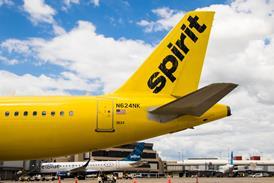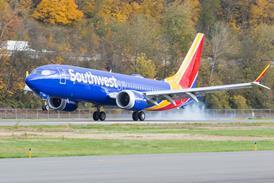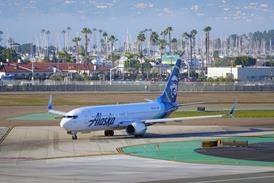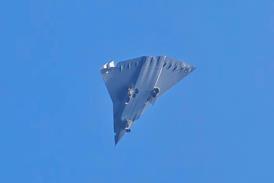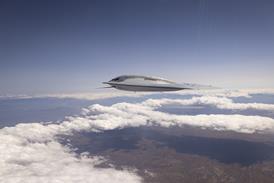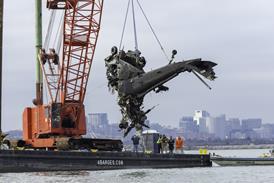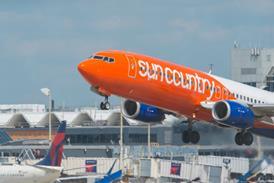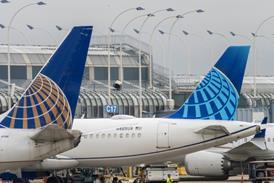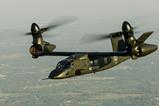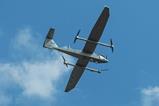Rotorcraft manufacturer Bell will continue producing the V-22 Osprey tiltrotor at least through the end of 2027, spanning a critical gap for the company’s production line in Amarillo, Texas.
Scott Donnelly, chief executive of Bell parent Textron, confirmed on 24 April that the Amarillo site will have new-build work for at least two more years thanks to a March order from the US Navy.
“This award extends production through 2027,” Donnelly said during an earnings call with financial analysts.
The $590 million contract issued on 21 March adds five new-build CMV-22B-variant Ospreys to the navy’s existing orders. A contract announcement notes work on the order will be completed by January 2028.
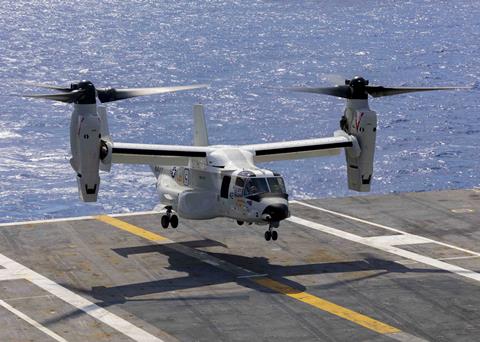
The navy has a programme of record covering 48 of the tiltrotors, but has previously said it expects to field a total of 44 examples. Those figures are separate from the substantial US Marine Corps (USMC) inventory of more than 300 MV-22 Ospreys.
The CMV-22Bs is the specialised naval version of the standard Osprey, boasting larger fuel tanks and expanded range to support its mission of resupplying aircraft carriers at sea. It is replacing the long-serving Grumman C-2A Greyhound.
The new work is significant for Bell, which is transitioning its tiltrotor enterprise from the legacy Osprey to building the next-generation Future Long-Range Assault Aircraft (FLRAA) for the US Army.
Bell won that competition in late 2022 and is currently under contract to fabricate six FLRAA prototypes, with the first of those expected to be delivered to the army in 2026 for flight testing and evaluation.
If those prototypes meet the army’s requirements, Bell will be approved to begin low-rate initial production on the new tiltrotor, which was previously branded as the V-280 Valor.
Bell has said it expects to reach that milestone around 2028, which would support the US Army’s goal of fielding the unnamed tiltrotor to its first conventional units in 2030. Special operations aviators are expected to receive the new aircraft in 2034.
The service could ultimately order thousands of FLRAA rotorcraft, providing tens of billions of dollars in revenue to Bell.
Meanwhile, Osprey production is winding down, with only a limited number of new orders expected.
The USMC’s fleet is nearly complete, with some 348 MV-22s in service in the medium-lift role. Similarly, US Air Force Special Operations Command expects to have its total fleet of 56 CV-22s by the end of this year.
The Pentagon has a total 14 Ospreys on order with Bell, according to fleets data from aviation analytics company Cirium, with 10 of those being CMV-22Bs for the navy.
Those new orders will help sustain the Amarillo production line until large-scale work on FLRAA ramps up. Bell confirmed last October that Amarillo will host final assembly for the FLRAA programme once the tiltrotor enters rate production.
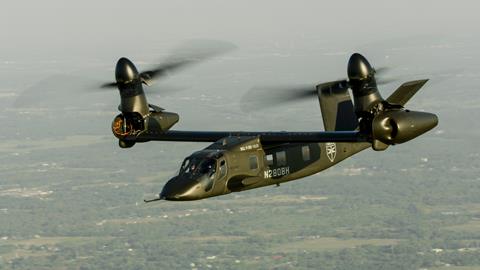
Known within the company as “Tiltrotor Town”, Amarillo is home to the Bell line producing the final AH-1Z attack helicopters and handling modernisation work on the USMC’s fleet of UH-1 utility helicopters, in addition to the Osprey assembly line.
The transition into FLRAA production is already underway. Key suppliers for the new aircraft are being sub-contracted, with some early work already happening, according to Donnelly. “We’re starting to issue drawings, get things on purchase authorisations and actually starting to build first parts in many cases.”
While it may be the beginning of the end for Osprey production, Donnelly notes there will still be sustainment activity around the trailblazing tiltrotor for decades.
“These aircraft are flown every day and they generate a lot of aftermarket demand,” he says. “We expect to continue to support that for many, many, many years to come.”
The USMC has a number of Osprey overhaul and modernisation programmes in the works, including a gearbox redesign to address repeated serious mishaps involving V-22s in recent years.
Other Osprey-related projects include a cockpit technology refresh, flight computer redesign, targeted reliability improvements to the engine nacelles, and potential development of an entirely new powerplant to replace the existing Rolls-Royce Liberty AE1107C engine.


